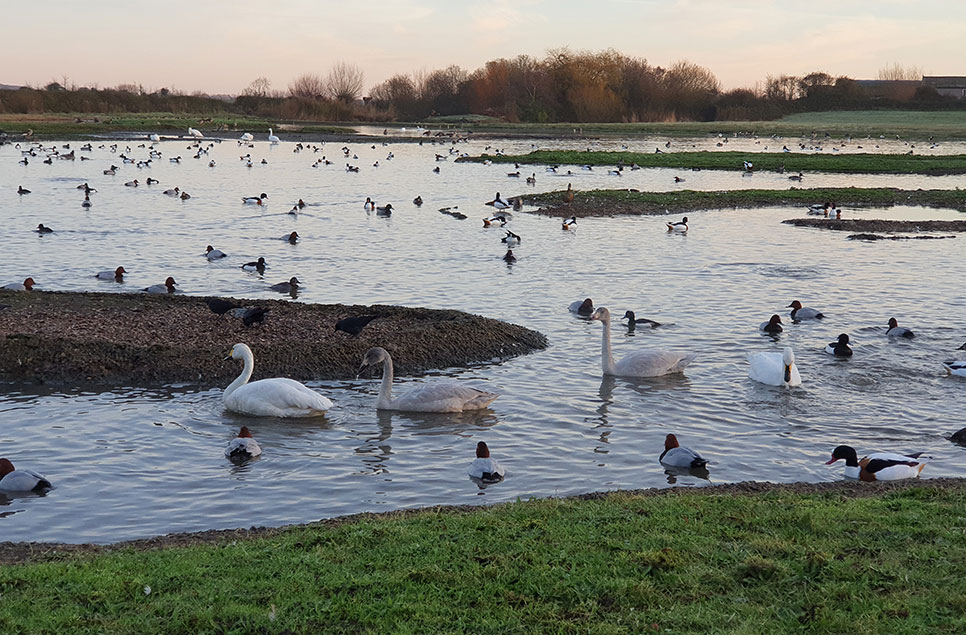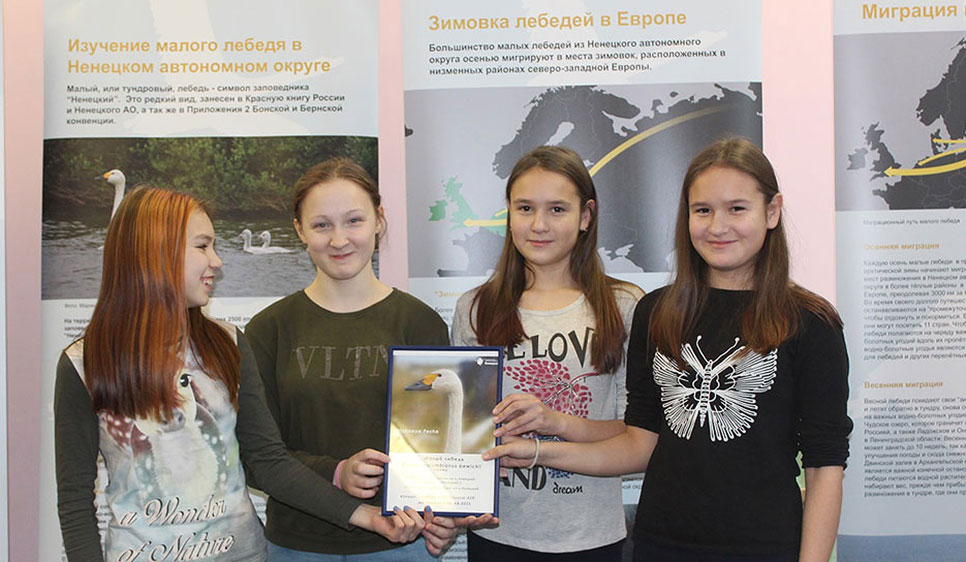Leho's adventure around Eastern Europe!
Last week, Leho Luigujoe from the Estonian University of Life Sciences, set off on a road trip across Estonia and Latvia to track down some of our transmitter birds.
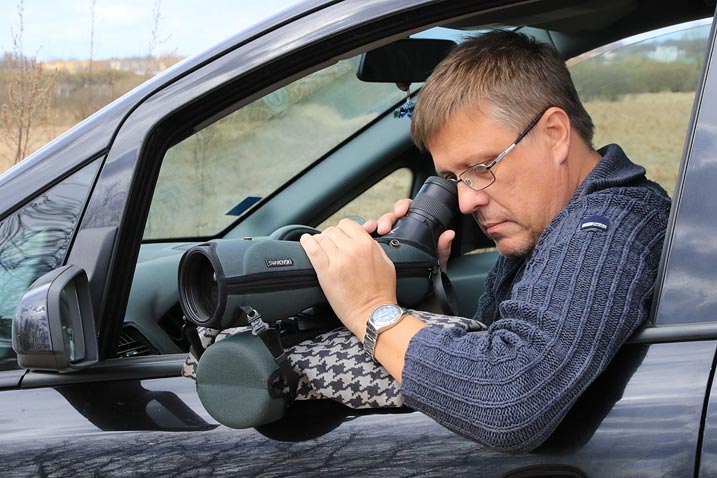 He had huge success, spotting five of our birds on his travels and we were very pleased to hear that they all looked well! It was very reassuring to see that Charlotte, Butters and Wim (in Latvia) and Beabrooks and Leho (in Estonia) had each found a suitable habitat to use and Leho snapped them feeding on a range of winter crops and cereal stubble.
He had huge success, spotting five of our birds on his travels and we were very pleased to hear that they all looked well! It was very reassuring to see that Charlotte, Butters and Wim (in Latvia) and Beabrooks and Leho (in Estonia) had each found a suitable habitat to use and Leho snapped them feeding on a range of winter crops and cereal stubble.
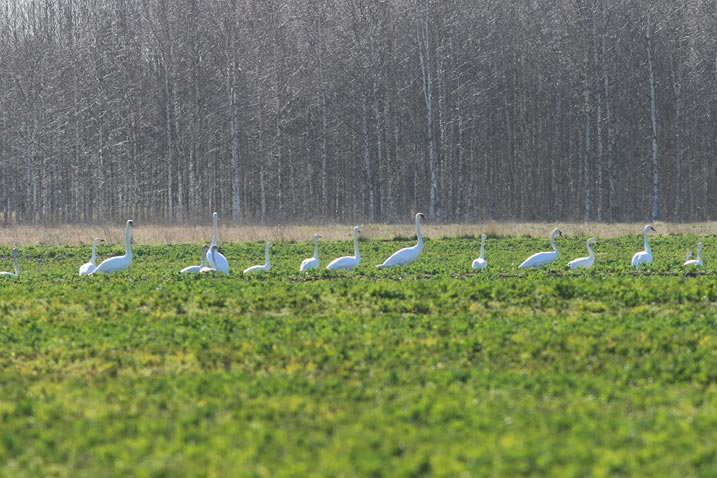
He also had the opportunity to check out their roost sites which they have been flying to every evening after a day feeding in the fields. These are usually small pools no more than 30 km away from their feeding sites, where the birds feel safe.
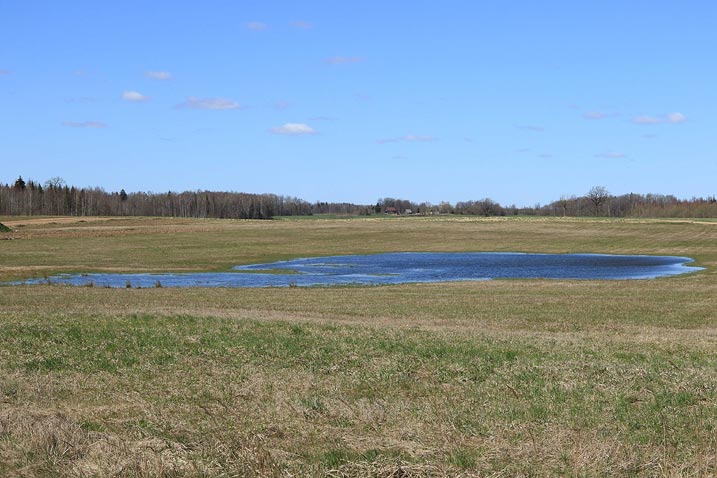
We named a swan after Leho in tribute to his extensive work on Bewick’s swan conservation which has culminated in the recent development of an Estonian Action Plan for the species. The Action Plan aims to preserve at least 30 staging sites on coastal waters, freshwater lakes, flood plains and in agricultural areas. Together, these sites will provide food and safe roosting for 80% of the total population during migration. This is a huge step towards the conservation of a species that has suffered around a 40% decline since 1995. As co-ordinators of the International Bewick’s Swan Action Plan, WWT are working closely with colleagues across the flyway to halt the decline and assist a population recovery.
Since Leho’s visit, the birds have continued their journey. Charlotte has now reached Lake Ladoga in Russia, via Lake Peipsi, a key staging site for the Bewick’s in Estonia. Beabrooks has also made it across the Russian border, Butters has jumped from Latvia to Estonia while Wim and Leho have stayed where they are. During May, we expect the swans to make good progress through Russia before arriving on their breeding grounds in the arctic at the beginning of June....
